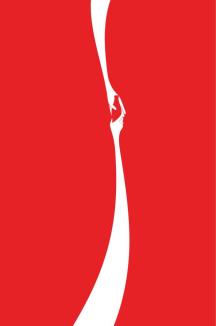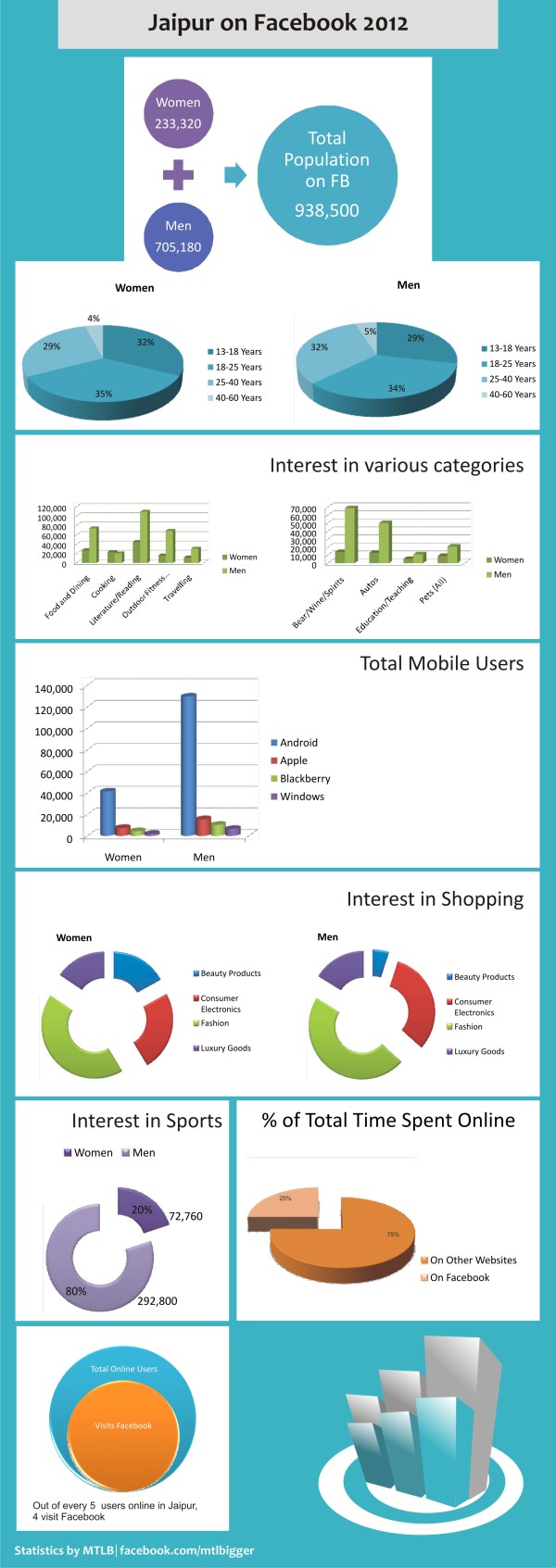We understand what branding is. We watch, follow and swear by brands all the time. This post further explores the meaning and scope of ‘Brand’ and it’s ‘Value’, and tries to understand its role in marketing and sales.
Brand value is, essentially, the outcome of our branding strategy. Simply put, Brand Value is the extra money that people are willing to pay for a particular product because of its brand name. So it is the premium that accrues to a brand from the customers.
In a competitive marketplace, there are innumerable manufacturers and vendors selling the same product or service. It is a general tendency of consumers to look for the brand first, and then look for the most suitable product in that brand. This brand value is directly proportional to your brand’s image. How positive is your brand’s image on the scale set by a potential customer makes all the difference! For example, if you are seen as a reliable brand, but not very youth oriented, and the customer is young and looking for something that’ll get him / her popularity among peers, he may assign a low brand value to your brand in spite of your brand being reliable. Thus, it is important to outline the target market, before you go on to build brand value for your brand.
Even though the logo of a brand plays a very important role in its Brand Imagery, it is rarely a factor in deciding its Brand Value. Today we see innumerable companies solely identified by their logos, selling products and services at the price they command, but they are identified because they have worked hard on their Brand Value, and that requires the right positioning, the right marketing strategy and of course quality delivery.
The following are some of the factors affecting your Brand Value:
1. Quality matters: The biggest driver of brand loyalty is quality. Once a person has had a good experience with your brand, he is yours forever! He will be ready to pay the price, if he is convinced he will get the quality.
2. Good Consumer Care: Reliable customer care and great after sales service add to the brand value. Buyers perceive it as value for their money, and are ready to pay a premium for this assurance.
3. Brand Awareness: This is more of a marketing strategy, but is worth considering. You cannot sit at home and expect the customers to come to you. Instead, you will have to go to them, to spread awareness about your brand’s value.
4. Brand owner’s image: Today, most people hold a good image about Bill Gates in their mind. Thus, if he goes on to open another company, it will have a high brand value by virtue of being owned by a renowned and reliable owner.
These are only the most prominent factors affecting your Brand Value. It begins from the moment your product is launched in the market with a brand name as people begin interacting with it, in terms of advertisements, promotions, shelf visibility, etc. Maintaining the Brand Value is a continuous process, and sometimes lays forth the need to renew the brand identity and strategy.
‘Make the logo bigger’ a common request by brands to those making their marketing creatives.
While most creative minds really mind this request, we have decided to be a little more mindful about it.
Since the objectives of a creative cannot differ from those of the brand, let’s explore the real reasons for this request and how the creative team tries to do exactly this – ‘Making the logo bigger’, maybe not on the expensive advertising space, but rather in the minds of consumers!
Find answers to these questions and more in the following posts on BiggerLogos.





